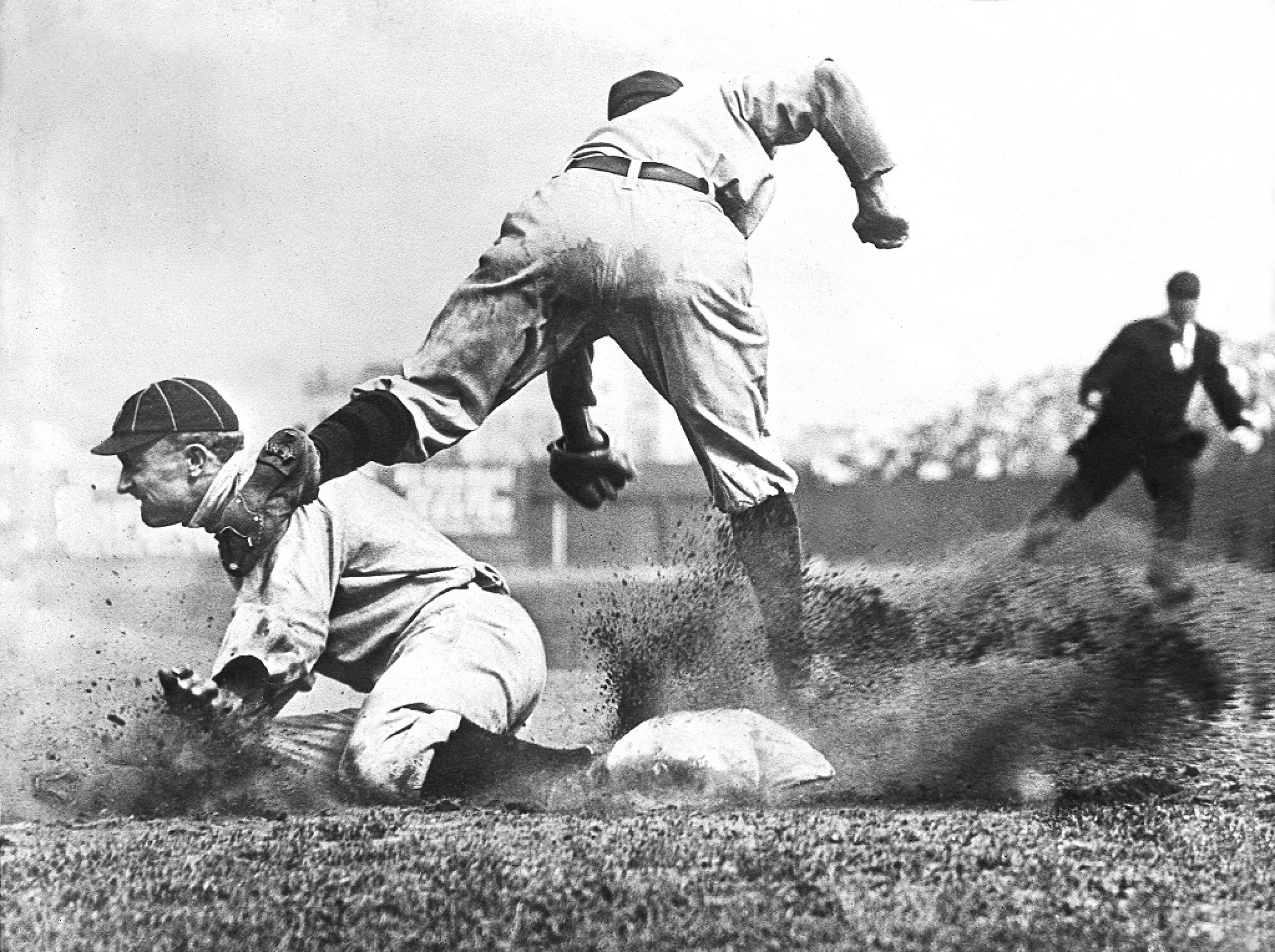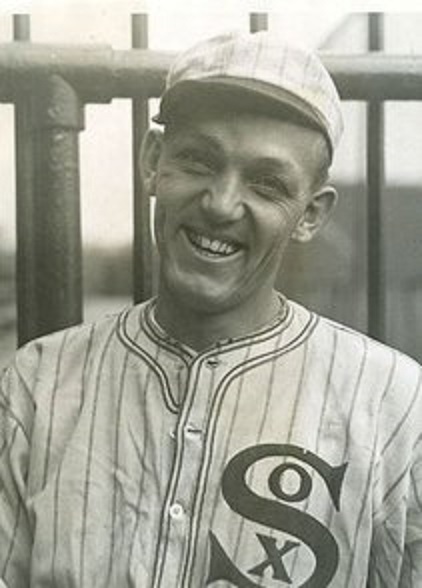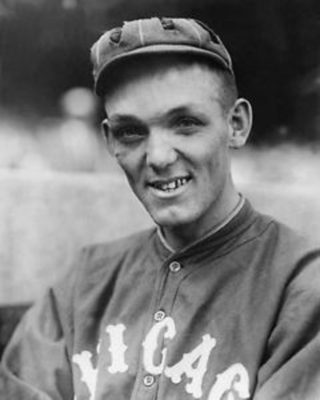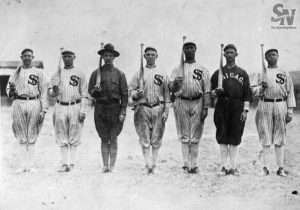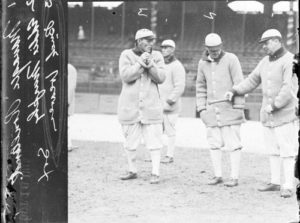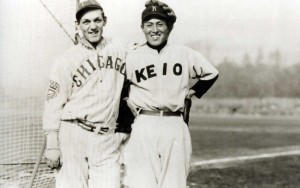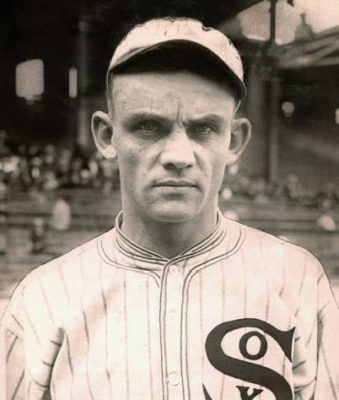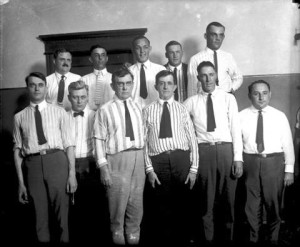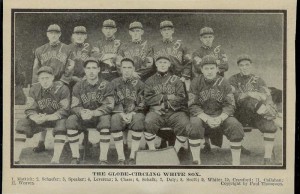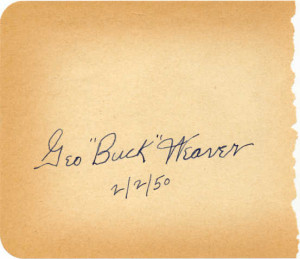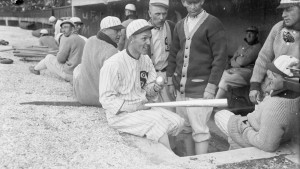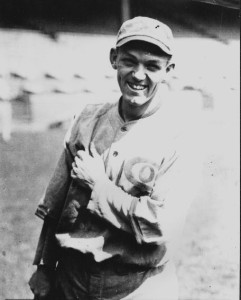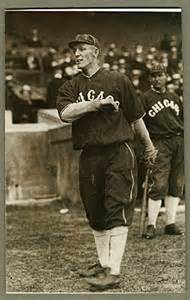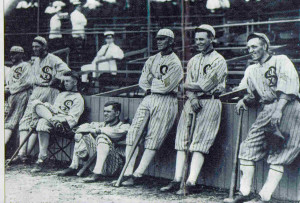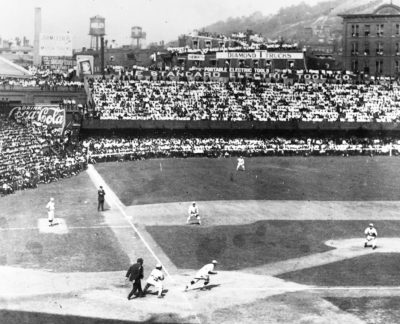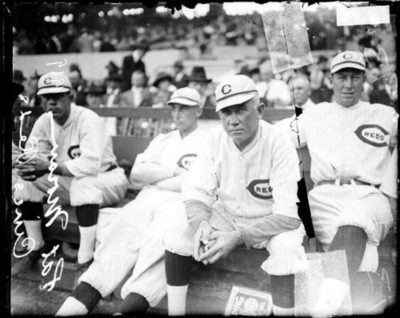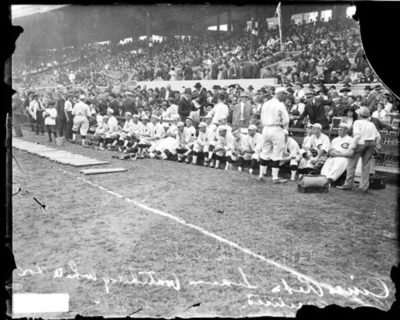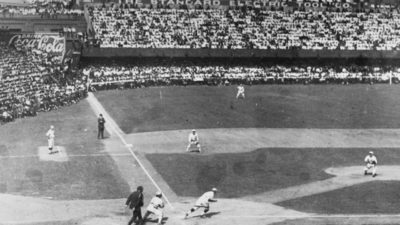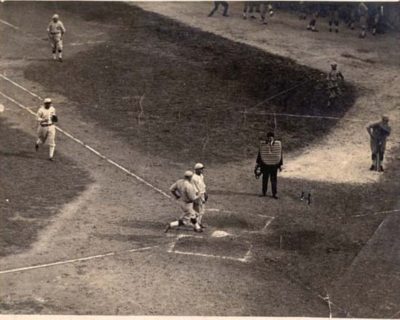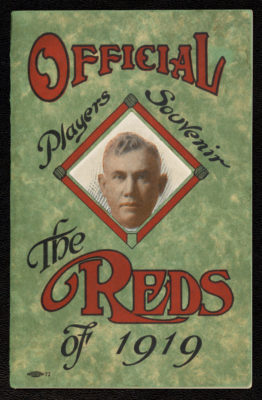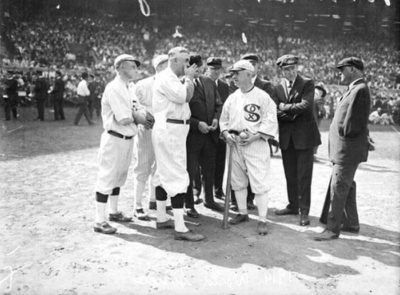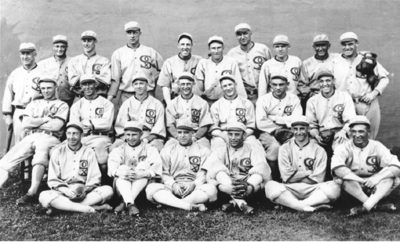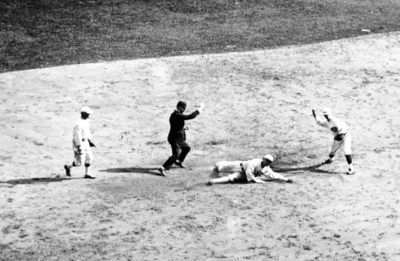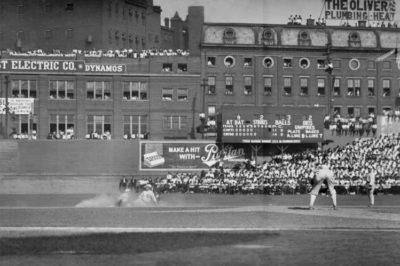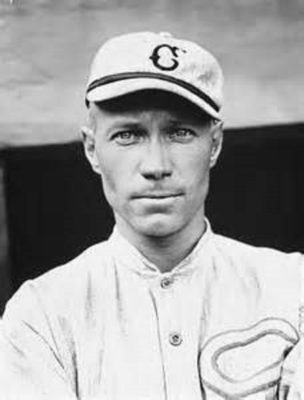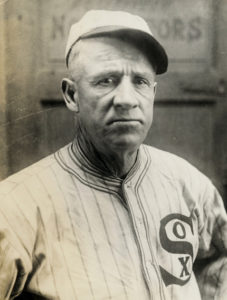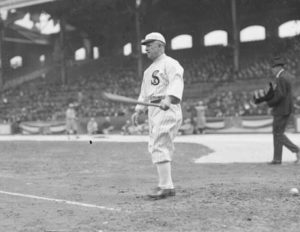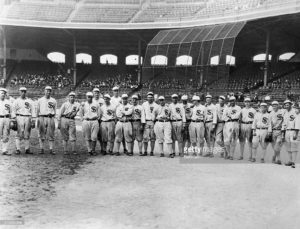Baseball History Comes Alive Now Ranked #2 by Feedspot Among All Internet Baseball History Websites and Blogs!
Guest Submissions from Our Readers Always Welcome!
Subscribe to Old Baseball Photos and Essays for automatic updates (sign-up block found in right side-bar)
As a Free Bonus for subscribing, you’ll get instant access to my two Special Reports: Memorable World Series Moments and Gary’s Handy Dandy World Series Reference Guide!
Buck Weaver and the 1919 World Series Photo Gallery
Click on any image below to see photos in full size and to start Photo Gallery:
Spotlight On The “Eight Men Out,” Part Two: Buck Weaver
With the 100th anniversary of the 1919 Black Sox scandal fast approaching, I’ll continue with a look at the “Eight Men Out,” turning the spotlight today on George “Buck” Weaver.
“Regardless of the verdict of juries, no player who throws a ballgame, no player that undertakes or promises to throw a ballgame, no player that sits in conference with a bunch of crooked players and gamblers where the ways and means of throwing a game are discussed and does not promptly tell his club about it, will ever play professional baseball.” -Judge Landis
“There are murderers who serve a sentence and then get out…Not me, I got life.” –Buck Weaver.
Last January 18th was the 97th anniversary of a sad day in baseball history: On that day in 1922, Buck Weaver applied for reinstatement in professional baseball. Unfortunately, as we all know, his appeal was denied.
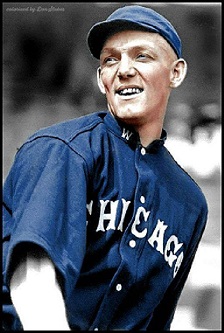
After “Shoeless Joe” Jackson, Buck Weaver, with his ever-present grin and his happy, optimistic disposition, is probably the most recognizable of the eight players banned for life following the 1919 “Black Sox” scandal. His suspension resulted from what was termed “guilty knowledge” rather than “crooked play.” No one had ever suggested that Weaver gave less than 100% effort, batting .324, with 11 hits. He also played errorless ball, lending much credence to his lifelong claim that he had nothing to do with the fix.
Many baseball historians view Weaver’s lifetime ban as a gross miscarriage of injustice. Yes, a case can be made that he deserved punishment for not squealing on his teammates as the World Series approached. He always claimed that this loyalty compelled him not to inform baseball authorities about what he had heard. But a lifetime ban for someone who gave his all and no one ever accused of “crooked play”? And was he the only one who had “guilty knowledge”?
Author Gene Carney, in his definitive book on the Black Sox scandal: Burying the Black Sox, repeatedly made the point that there were different levels of guilt in the plot. Instead, Judge Landis doled out a “one-size-fits-all” punishment. An appropriate punishment for Buck Weaver probably would have been suspension with eventual reinstatement. A life time ban from baseball now seems like a draconian sentence for his level of involvement.
Our contributor Kevin Trusty has rightly called Buck Weaver a “sacrificial lamb.” He shed some much-needed light on Buck’s situation last year:
“Nobody really knew what was happening. Not then, and certainly not nearly a century later. It was for this uncertainty that players like Weaver kept their mouth shut during the Series. It was clear that there was some sort of problem on the field, but nobody was certain who was participating and who was playing honest. To make matters worse, virtually everyone within the White Sox organization had knowledge of it, but one man was crucified to take the fall…”
Buck Weaver played eight years in the major leagues, all with the White Sox. Over his career, he hit .272, with 1308 hits, 421 RBIs, and 172 stolen bases. He started as a shortstop, but moved to third in 1917 when Swede Risberg joined the team. An excellent fielder, Weaver was known as the only third baseman in the league that Ty Cobb would not bunt against.
Weaver applied unsuccessfully six times for reinstatement before his death from a heart attack on January 31, 1956 at age 65. Later in life, Weaver contacted a New York City attorney who vowed to get him reinstated. Weaver sent his legal papers and correspondence to New York. They were never returned, and to this day, baseball historians have been unable to find Buck’s legal files.
At the time of the 2005 World Series with the White Sox capturing their first championship since 1917, Chicago Tribune columnist Mike Downey implored Commissioner Bud Selig to rescind Weaver’s ban. His column of October 20, 2005 cited Hall-of-Fame catcher Ray Schalk’s condemnation of “the seven Sox” in on the fix, not eight.
Weaver’s niece, Pat Anderson, told Downey: “I can’t understand why someone would be so obtuse. Some of these commissioners, it’s like they put a brown paper bag over their heads.” Another niece, Marge Follett, came to the 2003 All-Star Game at U.S. Cellular to personally appeal to the commissioner for her uncle’s reinstatement. So far, none of the appeals on Buck Weaver’s behalf have been successful, and he remains “banned for life,” even though he passed away 62 years ago.
With this year being the `100th anniversary of the Black Sox scandal, let’s hope the commissioner will take up the case of Buck Weaver and rightly lift his unfair life-time ban!
Gary Livacari
Photo Credits: All from Google search; Buck Weaver colorization by Don Stokes
Information: Excerpts edited from the Buck Weaver Wikipedia page.
Check out my two books, both now available on Amazon in e-book and paperback: “Paul Pryor in His Own Words: The Life and TImes of a 20-Year Major League Umpire”and “Memorable World Series Moments.” All profits go to the Illinois Veterans Foundation
We are a participant in the Amazon Services LLC Associates Program, an affiliate advertising program designed to provide a means for us to earn fees by linking to Amazon.com and affiliated sites. Click here to view Amazon’s privacy policy
